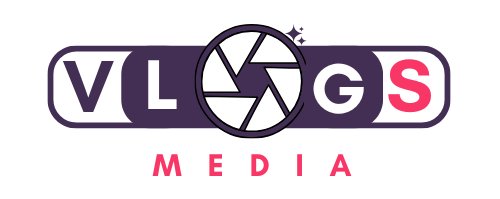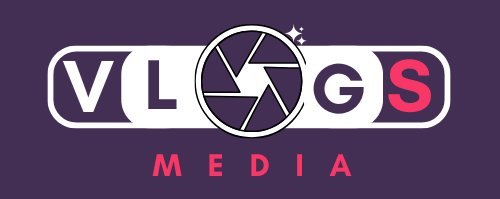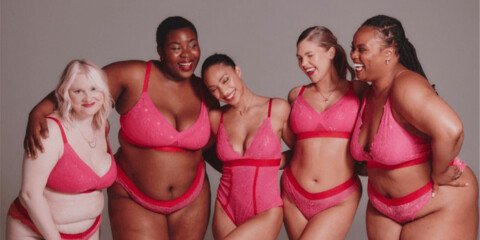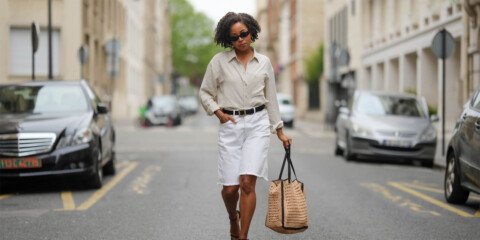Fashion and art have always been closely intertwined, but in 2025, their relationship is more important than ever. Both fields serve as a medium of self-expression and cultural storytelling, yet they approach these goals from unique perspectives. Art brings depth, history, and emotional resonance to fashion, while fashion brings accessibility and immediacy to art. As the world becomes more digital and fast-paced, collaboration between these two fields is not only desirable, but essential. Here’s why fashion needs the art world more than ever in today’s evolving landscape.
1. Art adds depth to the commercial nature of fashion
Fashion, at its core, is often driven by trends and consumer desires. However, the industry’s fast pace can sometimes lead to a lack of originality. Art, on the other hand, is deeply rooted in creativity and often challenges societal norms. By incorporating art into their designs, fashion brands can add a sense of depth and individuality to their collections.
Take, for example, luxury fashion houses like Louis Vuitton, which frequently collaborate with artists like Yayoi Kusama. These partnerships produce pieces that are not only functional but also function as wearable art. The presence of art elevates fashion beyond commerce, making it a medium for storytelling and cultural commentary.
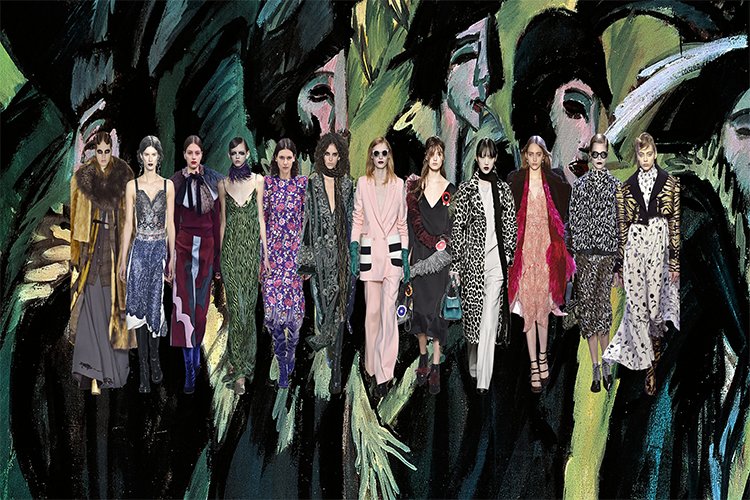
2. Bridging cultural gaps
Art is universal—it transcends language, geography, and social barriers. At a time when fashion is striving to become more inclusive and diverse, art plays an important role in helping brands connect with a global audience. Collaborations with artists from different cultural backgrounds can bring untold stories to the forefront and create a richer, more inclusive narrative within fashion.
Designers like Dior’s Maria Grazia Chiuri, for example, often incorporate feminist art into their collections, showcasing the work of female artists from around the world. This approach resonates with audiences who seek meaning and representation in what they wear.
3. Redefining the definition of luxury
In the past, luxury was about exclusivity and status. Today, luxury is being redefined with craftsmanship, sustainability and artistic value at the core. Consumers no longer just want products; they want experiences and stories. Collaborations with artists help brands meet this demand.
By collaborating with contemporary artists, fashion brands can create limited-edition collections that feel unique and valuable. These pieces are not mass-produced, but are considered collectible investments, much like art itself. This shift in focus aligns with the values of modern consumers who seek quality and authenticity over quantity.
4. Reviving traditional craftsmanship
The art world often celebrates traditional techniques and craftsmanship that are sometimes lost in the fast-paced production cycles of modern fashion. By partnering with artists, fashion brands can revive and preserve these skills.
For example, designers like Stella McCartney have collaborated with artisans to create intricate embroidery, hand-painted fabrics and sculptural designs that reflect the techniques of classic art forms. These collaborations not only keep traditional craftsmanship alive, but also bring a timeless quality to contemporary fashion.
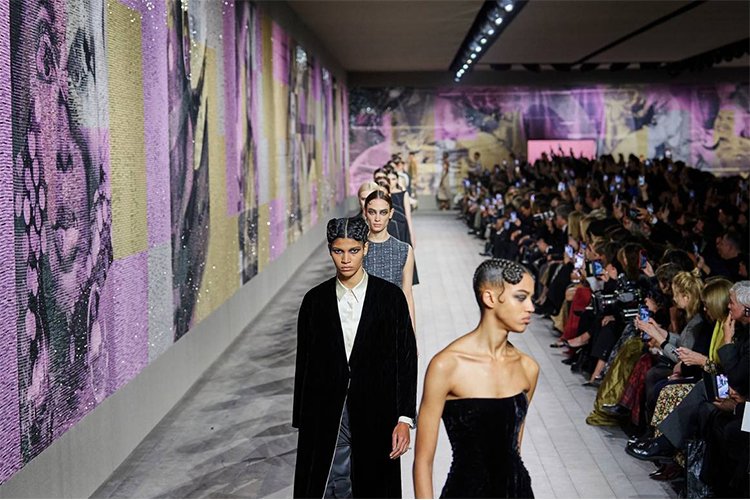
5. Sustainability through artistic vision
Sustainability is one of the most pressing challenges facing the fashion industry today. Art plays a crucial role in reimagining the use of materials and waste management. Artists often have a unique perspective on reusing and repurposing materials that can inspire innovative approaches to sustainable fashion.
One example is the use of recycled fabrics or upcycling clothing, which transforms discarded materials into one-of-a-kind pieces. Designers like Iris van Herpen and Vivienne Westwood have taken inspiration from art to create garments that are not only sustainable but also visually stunning.
6. Creating emotional connections
Fashion often appeals to trends and aesthetics, while art speaks to people on a deeper emotional level. By integrating artistic elements, fashion brands can create collections that speak to consumers on a personal level. This connection encourages brand loyalty and gives the purchase a meaningfulmore meaningful feeling.
Imagine a jacket with a print inspired by Van Gogh’s starry sky or a dress that mimics the flowing strokes of a Monet painting. These pieces are more than just clothing; they evoke feelings, memories and conversations.
7. Improving the shopping experience
The retail landscape is evolving and brands are looking for new ways to attract customers. Incorporating art into stores, pop-ups and digital spaces creates a unique shopping experience. This blend of fashion and art transforms retail spaces into galleries, making shopping an immersive and inspiring activity.
Take Gucci’s art installations in its flagship stores, for example. By incorporating fine art, sculptures and even live performances, the brand makes shopping an experience that leaves a lasting impression on visitors.
8. Pushing creative boundaries
Art often challenges norms and pushes creative boundaries. By collaborating with artists, fashion brands are encouraged to step out of their comfort zone and explore new concepts. This innovation can lead to groundbreaking designs that set trends rather than follow them.
For example, Alexander McQueen’s partnership with artist Damien Hirst resulted in a collection of scarves that combined Hirst’s signature motifs with McQueen’s gothic aesthetic. The result was a line of accessories that was both provocative and iconic.
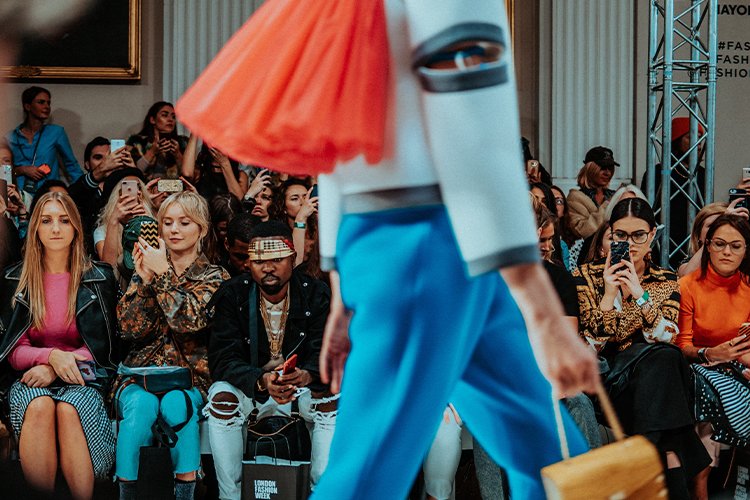
9. Art as a response to digital fashion
The rise of digital fashion and virtual clothing represents a new frontier for the industry. While digital fashion focuses on technology, art brings a human touch to these innovations. By collaborating with digital artists, fashion brands can create virtual garments that are not only futuristic but also deeply artistic.
This fusion of art and technology ensures that fashion remains rooted in creativity and emotion even in the digital realm. Virtual fashion shows, augmented reality dressing rooms, and NFT-based fashion items are just some of the ways art is influencing the industry’s digital evolution.
10. A shared vision for the future
Both fashion and art are driven by a desire to shape culture and imagine the future. By working together, they can address critical global issues such as sustainability, inclusivity, and mental health awareness. Art’s ability to provoke thought and inspire change complements fashion’s ability to reach the masses.
In a world where authenticity and individuality are highly valued, the synergy between fashion and art offers a way forward. Together, they can create a more meaningful, impactful, and sustainable industry that speaks to people from all walks of life.
Conclusion
In 2025, collaboration between fashion and art is not just a trend, it’s a necessity. Art enriches fashion with depth, creativity, and meaning, while fashion provides a platform to bring art to the masses. This partnership is shaping a future where what we wear is not only beautiful, but meaningful.
As we continue to navigate a world of rapid change, the connection between fashion and art reminds us of the importance of creativity, culture, and storytelling. More than ever, fashion needs the art world to remain relevant, impactful, and inspiring.
